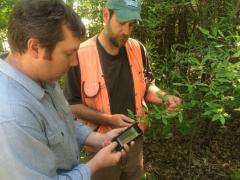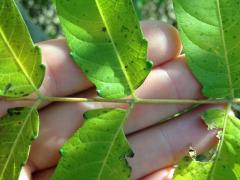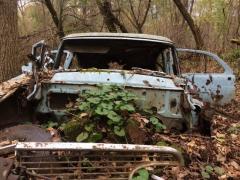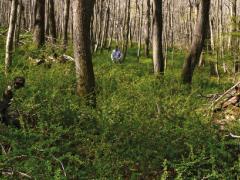EAB Public Information Meeting
- Workshop
As winter ends, and spring begins, and we look forward to May, we can start to learn invasive plants that are common early bloomers.

This is part three (final) in a three-part series on how to create an invasive plant management plan. This section will guide you through assessing and mapping options for everyday landowners.

"Ohio is taking a swing at nature’s bullies.
Under new rules that went into effect Sunday, the sale and distribution of 38 destructive, invasive plant species will become illegal.
In its list, the state agriculture department included various types of honeysuckles, Bradford pear trees, autumn olive shrubs and fig buttercup flowers that line freeways, coat forest floors and choke wild spaces across Ohio.........................."
Author Credit: By Marion Renault, The Columbus Dispatch

The growing season for 2017 saw many projects across the state tackling the forest, field, and wetland health issue of non-native invasive plants. Below are highlights of some of these amazing local efforts. Huge thanks to everyone who is working toward making our Vermont landscapes healthier and more resilient, and protecting them for generations to come.

A long-term study of managing Japanese barberry (Berberis thunbergii) shows that clearing the invasive shrub from a wooded area once can lead to a significant reduction in abundance of blacklegged ticks (Ixodes scapularis) for as long as six years.

Monitoring for and treating invasive terrestrial plants are some of the more important things you can do to take care of Vermont’s working forests and natural areas. Effective July of 2016, yard and leaf debris were banned from landfills, including material from invasive plant control.
For any questions regarding invasive plant disposal, contact the Vermont Department of Environmental Conservation Waste Management & Prevention Division at: (802) 828-1138, or vtrecycles.com.